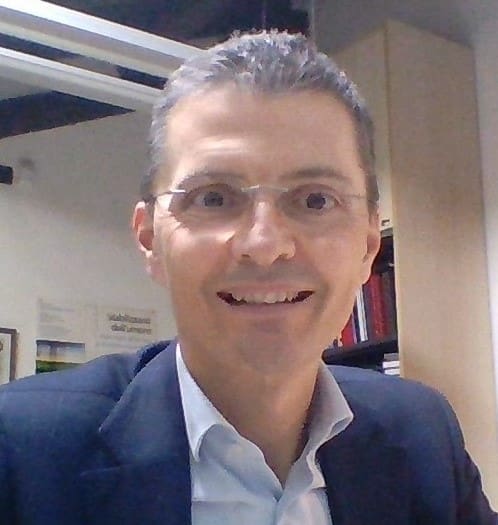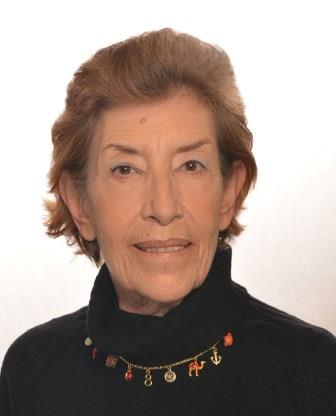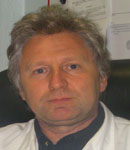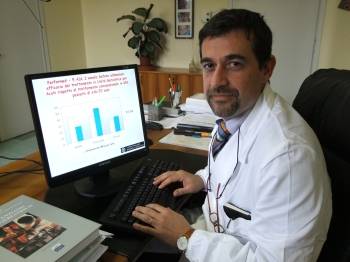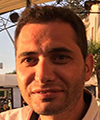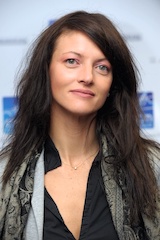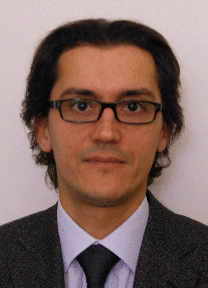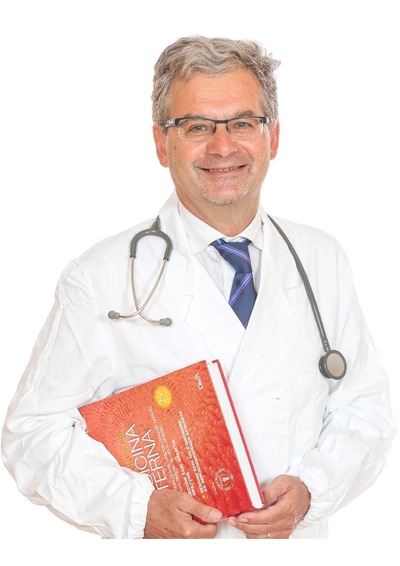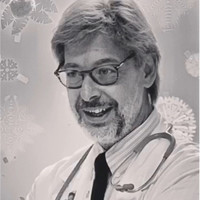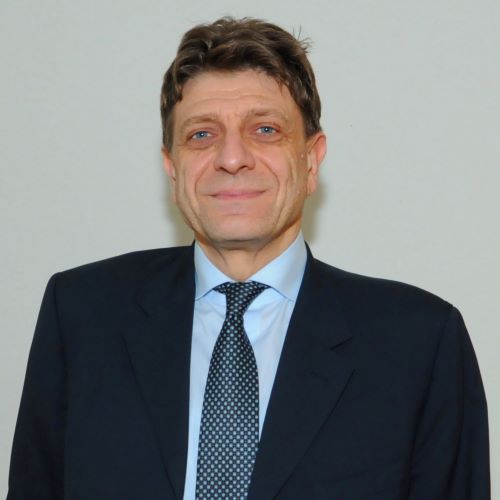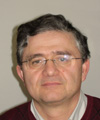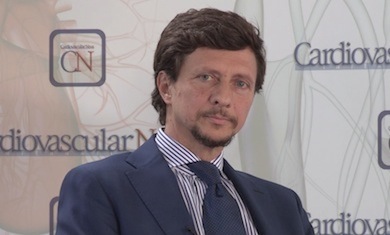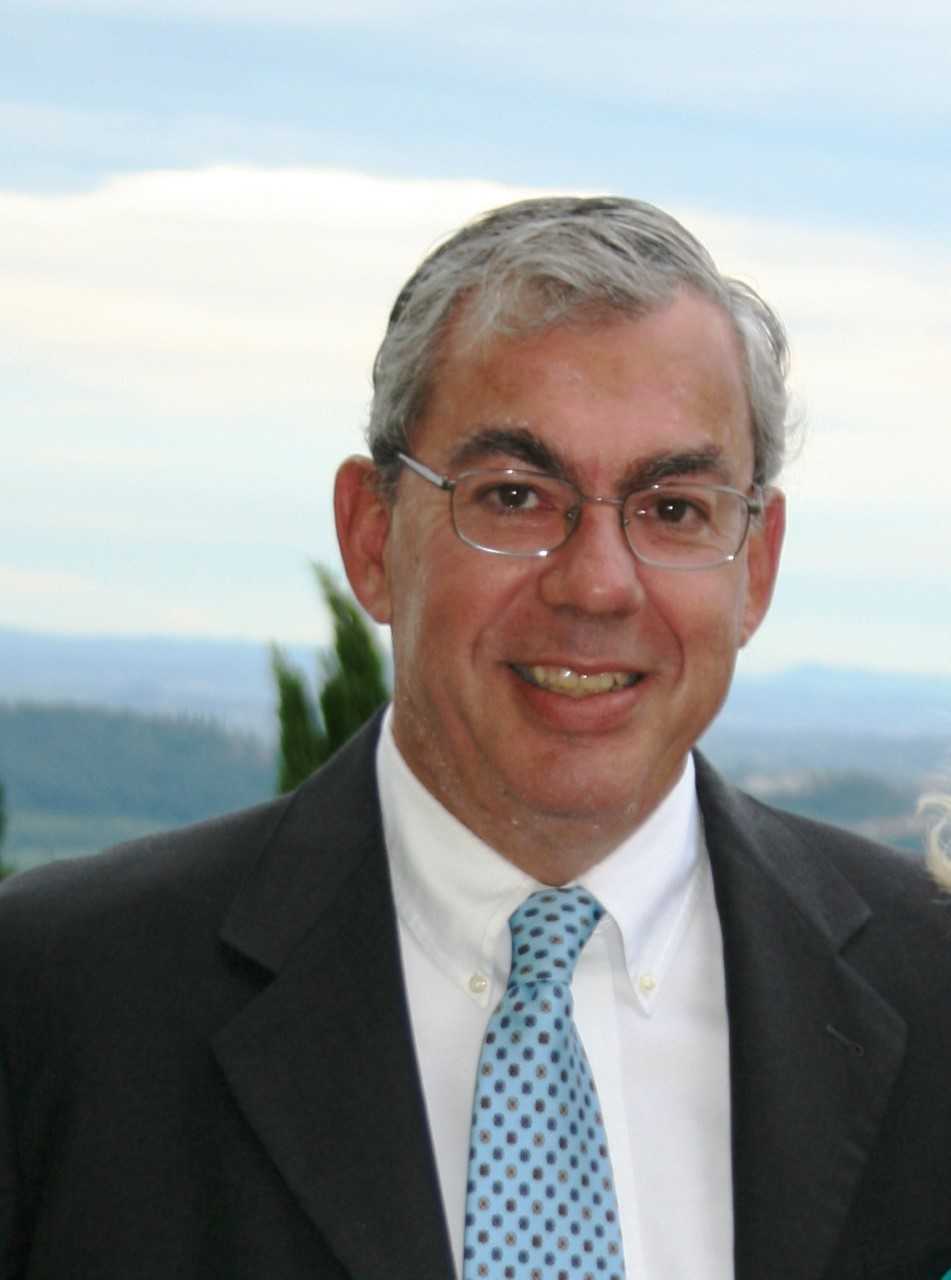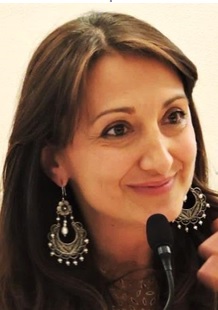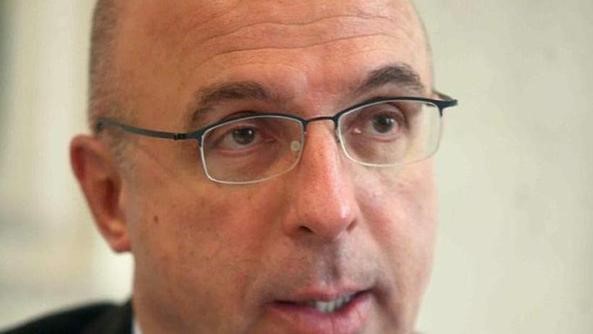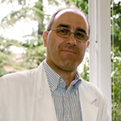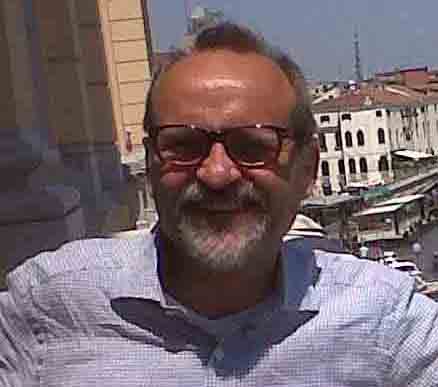Studying at the University of Verona
Here you can find information on the organisational aspects of the Programme, lecture timetables, learning activities and useful contact details for your time at the University, from enrolment to graduation.
Academic calendar
The academic calendar shows the deadlines and scheduled events that are relevant to students, teaching and technical-administrative staff of the University. Public holidays and University closures are also indicated. The academic year normally begins on 1 October each year and ends on 30 September of the following year.
Course calendar
The Academic Calendar sets out the degree programme lecture and exam timetables, as well as the relevant university closure dates..
| Period | From | To |
|---|---|---|
| INF VR - 2° anno 1° sem | Oct 2, 2018 | Dec 21, 2018 |
| INF VR - 1° anno 1° sem | Oct 9, 2018 | Dec 21, 2018 |
| INF VR - 3° anno 1° sem | Oct 22, 2018 | Dec 21, 2018 |
| INF VR - 3° anno 2° sem | Jan 28, 2019 | Mar 22, 2019 |
| INF VR - 1° anno 2° sem | Feb 4, 2019 | Apr 5, 2019 |
| INF VR - 2° anno 2° sem | Apr 29, 2019 | Jun 28, 2019 |
| Session | From | To |
|---|---|---|
| INF VR - sessione invernale 1° - 2° anno | Jan 7, 2019 | Jan 31, 2019 |
| INF VR - sessione invernale 3° anno | Jan 7, 2019 | Jan 25, 2019 |
| INF VR - sessione estiva 3° anno (1^ parte) | Mar 25, 2019 | Apr 5, 2019 |
| INF VR - sessione estiva 1° anno (1^ parte) | Apr 8, 2019 | Apr 18, 2019 |
| INF VR - sessione estiva 2° anno | Jul 2, 2019 | Jul 31, 2019 |
| INF VR - sessione estiva 3° anno (2^ parte) | Jul 15, 2019 | Jul 31, 2019 |
| INF VR - sessione estiva 1° anno (2^ parte) | Jul 23, 2019 | Jul 31, 2019 |
| INF VR - sessione autunnale 1°-2°-3° anno | Sep 2, 2019 | Sep 27, 2019 |
| Session | From | To |
|---|---|---|
| INF - SESSIONE AUTUNNALE | Oct 1, 2019 | Nov 30, 2019 |
| INF - SESSIONE PRIMAVERILE | Mar 1, 2020 | Apr 30, 2020 |
| Period | From | To |
|---|---|---|
| Festa di Ognissanti | Nov 1, 2018 | Nov 1, 2018 |
| Festa dell’Immacolata | Dec 8, 2018 | Dec 8, 2018 |
| Vacanze di Natale | Dec 22, 2018 | Jan 6, 2019 |
| Vacanze di Pasqua | Apr 19, 2019 | Apr 23, 2019 |
| Festa della liberazione | Apr 25, 2019 | Apr 25, 2019 |
| Festa del lavoro | May 1, 2019 | May 1, 2019 |
| Festa del Santo Patrono | May 21, 2019 | May 21, 2019 |
| Festa della Repubblica | Jun 2, 2019 | Jun 2, 2019 |
| Description | Period | From | To |
|---|---|---|---|
| INF VR - 2° anno 1^ esp | INF VR - 2° anno 1^ esp | Feb 4, 2019 | Apr 5, 2019 |
| INF VR - 3° anno 1^ esp | INF VR - 3° anno 1^ esp | Apr 8, 2019 | May 24, 2019 |
| INF VR - 1° anno 1^ esp | INF VR - 1° anno 1^ esp | Apr 29, 2019 | Jun 7, 2019 |
| INF VR - 3° anno 2^ esp | INF VR - 3° anno 2^ esp | Jun 3, 2019 | Jul 12, 2019 |
| INF VR - 1° anno 2^ esp | INF VR - 1° anno 2^ esp | Jun 17, 2019 | Jul 19, 2019 |
| INF VR - 2° anno 2^ esp | INF VR - 2° anno 2^ esp | Sep 2, 2019 | Oct 9, 2019 |
| INF VR - 3° anno 3^ esp | INF VR - 3° anno 3^ esp | Sep 4, 2019 | Oct 16, 2019 |
Exam calendar
Exam dates and rounds are managed by the relevant Medicine Teaching and Student Services Unit.
To view all the exam sessions available, please use the Exam dashboard on ESSE3.
If you forgot your login details or have problems logging in, please contact the relevant IT HelpDesk, or check the login details recovery web page.
Should you have any doubts or questions, please check the Enrollment FAQs
Academic staff
 elisabetta.allegrini@aovr.veneto.it
elisabetta.allegrini@aovr.veneto.it
Arici Cecilia
 cecilia.arici@univr.it
cecilia.arici@univr.it
 + 39 045 812 8266
+ 39 045 812 8266
 assunta.biasi@univr.it
assunta.biasi@univr.it
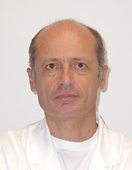
Bisoffi Zeno
 zeno.bisoffi@sacrocuore.it
zeno.bisoffi@sacrocuore.it
 +390456013326
+390456013326
 luisa.bissoli@mail.azosp.vr.it
luisa.bissoli@mail.azosp.vr.it
 federica.bonato@aor.veneto.it
federica.bonato@aor.veneto.it
Cunico Laura
 laura.cunico@univr.it
laura.cunico@univr.it
 0444752922
0444752922
 stefania.danese@univr.it
stefania.danese@univr.it
 francesca.defanti@univr.it
francesca.defanti@univr.it
 stefano.detogni@univr.it
stefano.detogni@univr.it
Leonardelli Paola
 laura.messina@univr.it
laura.messina@univr.it
 045 8122124
045 8122124
 fpecoraro@ospedalepederzoli.it
fpecoraro@ospedalepederzoli.it
 nicola.pelizzari@univr.it
nicola.pelizzari@univr.it
 sara.pilotto@univr.it
sara.pilotto@univr.it
 zenogabriele.poli@univr.it
zenogabriele.poli@univr.it
 er.vedovi@virgilio.it
er.vedovi@virgilio.it
 elisabetta.veronese@aovr.veneto.it
elisabetta.veronese@aovr.veneto.it
 tamara.zerman@univr.it
tamara.zerman@univr.it
 lzivelonghi@aulss9.veneto.it
lzivelonghi@aulss9.veneto.it
Study Plan
The Study Plan includes all modules, teaching and learning activities that each student will need to undertake during their time at the University.
Please select your Study Plan based on your enrollment year.
1° Year
| Modules | Credits | TAF | SSD |
|---|
Pathophysiology applied at Nursing
Biomolecular fondamentals of life
Morphological and functional fundamentals of life
General and methodological nursing
Health and safety promotion
English for Nursing
Clinical practice (1st year)
2° Year activated in the A.Y. 2019/2020
| Modules | Credits | TAF | SSD |
|---|
Application of diagnostic and therapeutic processes
Chronic clinical nursing care
Clinical nursing care in surgical area
Clinical nursing care in medical area
Relationship in nursing care
3° Year activated in the A.Y. 2020/2021
| Modules | Credits | TAF | SSD |
|---|
Maternal and paediatric nursing care
Critical nursing care
Evidence based nursing
Health organizations and care processes
Legal, bioethic and deontological principles of professional practice
Clinical practice (3rd year)
| Modules | Credits | TAF | SSD |
|---|
Pathophysiology applied at Nursing
Biomolecular fondamentals of life
Morphological and functional fundamentals of life
General and methodological nursing
Health and safety promotion
English for Nursing
Clinical practice (1st year)
| Modules | Credits | TAF | SSD |
|---|
Application of diagnostic and therapeutic processes
Chronic clinical nursing care
Clinical nursing care in surgical area
Clinical nursing care in medical area
Relationship in nursing care
| Modules | Credits | TAF | SSD |
|---|
Maternal and paediatric nursing care
Critical nursing care
Evidence based nursing
Health organizations and care processes
Legal, bioethic and deontological principles of professional practice
Clinical practice (3rd year)
Legend | Type of training activity (TTA)
TAF (Type of Educational Activity) All courses and activities are classified into different types of educational activities, indicated by a letter.
Morphological and functional fundamentals of life [Matricole dispari] (2018/2019)
The teaching is organized as follows:
Learning outcomes
The course introduces the student to the ability of describing the human’s body structure (both considering the macroscopic level and the microscopic level) in normal conditions. Moreover the course develop the knowing of the essential morphologic characteristics of systems, organs, tissues, cells and subcellular structures of the human body and their main related Morpho functional. It also proposes the study of the physiological phenomena of the various systems, in a holistic view from the cell to the whole organism and to recognize the principles of homeostasis and the control mechanisms that oversee them and the major adjustments in non- basal conditions.
Program
------------------------
MM: FISIOLOGIA
------------------------
CELLULAR PHYSIOLOGY 1) Cellular homeostasis 2) Action potential and synaptic transmission 3) Skeletal muscle CARDIOVASCULAR APPARATUS 4) Cardiac autorhythmicity and cardiac impulse propagation 5) Heart nervous control 6) Excitement and cardiac contractility 7) Cardiac reflexes 8) Stroke volume 9) Cardiac output 10) ECG and cardiac cycle 11) Cardiac work and metabolism 12) Hemodynamic principles of the cardiovascular system 13) Vascular resistance 14) Capillaires, veins and lymphatics 15) Blood pressure 16) Cardiovascolar control RESPIRATORY APPARATUS 17) Respiratory mechanism 18) Pulmonary volumes and capacities 19) Ventilation and perfusion 20) Gas diffusion 21) Respiratory gas transport 22) Respiratory control KIDNEY APPARATUS 23) Nephron 24) Glomerular filtration rate and renal plasma flow 25) Reabsorption and secretion renal 26) Urine concentration and dilution 27) Idric and elecrolyte balance 28) Acid-base balance 29) Urination GASTROINTESTINAL APPARATUS 30) Smooth muscle 31) Gastrointestinal physiology 32) Esophageal and gastric motility 33) Intestinal motility 34) Salivary secretion 35) Gastric secretion 36) Pancreatic secretion 37) Liver and gallbladder 38) Secretion and absorption in the intestine NERVOUS SYSTEM 39) Autonomic nervous system (sympathetic and parasympathetic control) 40) Adrenergic and cholinergic receptors
------------------------
MM: ANATOMIA UMANA
------------------------
Introduction to the study of human anatomy. General structure of the organism and anatomical terminology: anatomic location; section planes and surfaces; movements; parenchymatous viscera; hollow viscera; Vascular-nervous bundles. Topographic Anatomy: General Organization of the human body: the body surface; cavity; thorax; abdomen; neck; head, arts. Skin: microscopic structure; appendages; mammary gland. Musculoskeletal System: -The skeleton and joints: general structure of the skeleton. Types of bones. The neurocranium and splanchnocranium, general structure: skull. Description of individual cranial bones. Spine and ribcage. Shoulder girdle and upper limb bones. Pelvic girdle and lower limb bones. -Joint Classification and description of the main. -Muscles: muscle tissue, muscular tissue types and their functional differentiation. The muscles of the head and neck; muscles of the trunk; pelvic muscles; limb muscles. Cardiovascular: General information; heart; arteries; veins; microcirculation; pulmonary circulation; systemic circulation; arteries and veins of the great movement; Fetal circulation elements. The blood. The lymphatic system: linph ; lymph nodes; thyme; spleen; lymphatic pathways. Digestive system: General Organization: the oral cavity; tongue and teeth; the pharynx; esophagus; stomach; intestine; pancreas; liver; biliary tract; gallbladder; peritoneum. Respiratory system: external nose and nasal passages; larynx; trachea; bronchi; the lungs; pleure. Urinary system: General information; Rene; renal pelvis; ureter; bladder; male urethra and prostate; the female urethra. Endocrine system: topography, structure and function of the major endocrine glands. Female reproductive system: ovary; fallopian tubes; uterus; vagina; external genitalia. placenta. Male reproductive system: General information; testicle; sperm streets; the external genitals. Central nervous system: General Organization. description of the spinal cord, brainstem, cerebellum, diencephalon, cerebrum; description of the main sensory and motor systems. Peripheral nervous system: General Organization; cranial nerves; spinal nerves; the vegetative nervous system.
------------------------
MM: ISTOLOGIA
------------------------
CYTOLOGY - General organization of eukaryotic cells - Notes on methods and tools for the study of cells and tissues (with particular reference to light and electron microscopy). - Structure and functions of the plasma membrane. Permeability. Notes on plasma membrane specializations and their functional role: specializations of the free surface (microvilli, cilia, flagellum); intercellular junctions. - Notes on exocytosis and endocytosis - Cytoplasm and cell organelles: cytosol; cytoskeleton, rough and smooth endoplasmic reticulum; ribosomes; Golgi apparatus; lysosomes and phagocytosis; mitochondria;. - Nucleus and nuclear envelope (Mitosis and meiosis are dealt with in the Biology course). TISSUES - General features of the main families of tissues - Epithelial tissue: organization, classification criteria. Epithelium. Exocrine and endocrine secretion and glands. - Tissues derived from mesenchymal cells (connective tissues): classification; cell differentiation lines. - Connective tissue: extracellular matrix composition; fibers: collagen fibers, reticular and elastic fibers, collagen synthesis; fibroblasts. Notes on the adipose tissue. - Blood: plasma, red and white cells, platelets. - Cartilage: structure and features; hyaline and elastic cartilage, fibrocartilage. Extracellular matrix and chondrocytes. Chondrogenesis - Bone: structure and features. Compact bone and spongy bone. Osteon, lamellar arrangement. Extracellular matrix; blood supply. Cells: osteoblasts, osteocytes, osteoclasts. Intramembranous and endochondral osteogenesis. - Muscle: general features, functions. Skeletal muscle: muscle fiber, sarcomere; notes on muscle contraction. Cardiac muscle. Smooth muscle. - Nervous tissue: general features and functions. Neuron and synapsis. Notes on glial cells.
Bibliography
| Author | Title | Publishing house | Year | ISBN | Notes |
|---|---|---|---|---|---|
| vanputte regan russo | Anatomia (Edizione 3) | idelson gnocchi | 2014 | 9788879475846 | |
| Drake - Volg - Mitchell | Anatomia del Gray - I fondamenti di Gray | 2015 | |||
| Anastasi et al | Anatomia Umana (Edizione 4) | Ed. Ermes | 2012 | ||
| KÖPF-MAIER P. | Anatomia Umana - Atlante | Edi-ermes Milano | 2000 | ||
| Pasqualino Panattoni | Anatomia umana. Citologia, istologia, embriologia, anatomia sistematica | Ed. Edra | 2009 | 8802081832 | |
| Netter | Testo-Atlante di Anatomia Umana Normale (Edizione 5) | Ed. Edra | 2014 | 8821439127 | |
| Poltronieri Roberto | Elementi di Fisiologia | EdiSES | 2018 | ||
| Vercelli e Coll | Anatomia umana funzionale | Minerva Medica | 2011 | ||
| Sica e Coll | Istologia per le professioni sanitarie | Idelson-Gnocchi | 2014 |
Examination Methods
The exam is written and includes the use of multiple choice questions (5 replies to each question of which only one is correct). The questions are 100
For each correct question it is assigned a point and there are no penalties for wrong answer.
Career prospects
Module/Programme news
News for students
There you will find information, resources and services useful during your time at the University (Student’s exam record, your study plan on ESSE3, Distance Learning courses, university email account, office forms, administrative procedures, etc.). You can log into MyUnivr with your GIA login details: only in this way will you be able to receive notification of all the notices from your teachers and your secretariat via email and soon also via the Univr app.
Gestione carriere
Guida ai programmi degli insegnamenti
Guida ai programmi degli insegnamenti
Documents
| Title | Info File |
|---|---|
|
|
pdf, it, 1594 KB, 12/12/22 |
|
|
pdf, it, 1310 KB, 02/09/21 |
Orario lezioni
Si pubblicano gli orari delle lezioni relativi al 2° semestre A.A. 2023/2024
Gli orari potrebbero subire alcune modifiche, pertanto si consiglia di consultare l'orario delle lezioni giornalmente nell‘area riservata MyUnivr e/o ORARIO LEZIONI.
Documents
| Title | Info File |
|---|---|
|
|
pdf, it, 126 KB, 06/03/24 |
|
|
pdf, it, 128 KB, 09/02/24 |
|
|
pdf, it, 120 KB, 18/03/24 |
|
|
pdf, it, 122 KB, 18/03/24 |
|
|
pdf, it, 125 KB, 20/03/24 |
|
|
octet-stream, it, 32 KB, 04/04/24 |
Graduation
Documents
| Title | Info File |
|---|---|
|
|
pdf, it, 242 KB, 19/01/24 |
|
|
pdf, it, 80 KB, 06/04/24 |
|
|
pdf, it, 43 KB, 06/04/24 |
|
|
pdf, it, 44 KB, 09/04/24 |
|
|
pdf, it, 148 KB, 06/04/24 |
|
|
pdf, it, 108 KB, 06/04/24 |
|
|
pdf, it, 115 KB, 06/04/24 |
|
|
pdf, it, 1487 KB, 18/02/22 |
|
|
pdf, it, 437 KB, 22/03/24 |
|
|
pdf, it, 957 KB, 22/03/24 |
|
|
pdf, it, 424 KB, 19/01/24 |
List of theses and work experience proposals
| theses proposals | Research area |
|---|---|
| Progetto WITHSTAND- Supportare la resilienza negli eventi avversi in sanità | The Human Mind and Its Complexity: Cognitive science, psychology, linguistics, philosophy of mind - Clinical and health psychology |
Tirocinio professionalizzante
Finalità del Tirocinio
Le attività di tirocinio sono finalizzate a far acquisire allo studente competenze specifiche previste dal profilo professionale. Per conseguire tali finalità formative, si possono attivare convenzioni con strutture, che rispondano ai requisiti di idoneità per attività, dotazione di servizi e strutture.
I 60 crediti minimi riservati al tirocinio sono da intendersi come impegno complessivo necessario allo studente per raggiungere le competenze professionali “core” previste dal rispettivo profilo professionale.
Il tirocinio professionale comprende:
- sessioni tutoriali che preparano lo studente all’esperienza;
- esercitazioni e simulazioni in cui si sviluppano le abilità tecniche, relazionali e metodologiche in situazione protetta prima o durante la sperimentazione nei contesti reali;
- esperienze dirette sul campo con supervisione;
- sessioni tutoriali e feedback costanti;
- compiti didattici, elaborati e approfondimenti scritti specifici e mandati di studio guidato.
La valutazione delle competenze acquisite in tirocinio.
Le esperienze di tirocinio devono essere progettate, valutate e documentate nel percorso dello studente. Durante ogni esperienza di tirocinio lo studente riceve valutazioni formative sui suoi progressi sia attraverso colloqui e schede di valutazione.
Al termine di ciascun anno di corso viene effettuata una valutazione sommativa (certificativa) per accertare i livelli raggiunti dallo studente nello sviluppo delle competenze professionali attese. La valutazione viene effettuata da una Commissione presieduta dal Coordinatore della Didattica Professionale (CDP), e composta da almeno un docente e da un Tutor professionale. Tale valutazione è la sintesi delle valutazioni formative, via via, documentate durante l’anno di corso, il profitto raggiunto negli elaborati scritti e le performance delle abilità tecniche assistenziali e relazionali dimostrate all’esame di tirocinio che può essere realizzato con esami simulati, colloqui, prove scritte applicative.
L’esame annuale di tirocinio prevede un unico appello per anno accademico, salvo particolari situazioni per le quali la commissione didattica potrà concedere un appello straordinario.
La valutazione sommativa del tirocinio sarà espressa e registrata nella carriera in trentesimi in base al livello di raggiungimento degli obiettivi. Le modalità di registrazione del voto di profitto sono:
- “assente” pre-iscritto che non ha frequentato alcuna esperienza di tirocinio;
- “ritirato” sospensione durante il tirocinio per problemi di salute, gravidanza o per motivazioni personali;
- “insufficiente” non raggiungimento del livello atteso negli obiettivi formativi (anche se lo studente ha sospeso la frequenza al tirocinio o non sostenuto l’esame finale).
Prerequisiti di accesso al tirocinio.
Il Coordinatore della Didattica Professionale (CDP), ammette alla frequenza dell’esperienza di tirocinio previsto per l’anno di corso, gli studenti che hanno frequentato regolarmente:
- le attività teoriche, in particolare gli insegnamenti delle discipline professionali dell’anno in corso e dell’anno precedente
- laboratori professionali ritenuti propedeutici al tirocinio
Ulteriori dettagli sono disciplinati dal Regolamento del corso di studio
Per maggiori informazioni consultare la pagina del servizio
Documents
| Title | Info File |
|---|---|
|
|
pdf, it, 343 KB, 16/11/23 |
Attività Seminariali/a scelta dello studente
Attività Seminariali/a scelta dello studente
Documents
| Title | Info File |
|---|---|
|
|
pdf, it, 121 KB, 12/10/23 |
|
|
pdf, it, 344 KB, 12/10/23 |
|
|
octet-stream, it, 39 KB, 07/12/22 |
|
|
pdf, it, 703 KB, 10/11/23 |
Guida alle attività formative
Guida alle attività formative
Documents
| Title | Info File |
|---|---|
|
|
pdf, it, 1396 KB, 28/11/23 |
|
|
pdf, it, 1269 KB, 31/10/23 |
|
|
pdf, it, 554 KB, 02/11/23 |
Linee guida per riconoscimento cfu
Lo studente che intende chiedere il riconoscimento di moduli o insegnamenti pregressi dovrà presentare domanda, entro il 30 novembre dell’anno accademico in corso, seguendo le indicazioni indicate al link seguente: https://www.univr.it/it/i-nostri-servizi/segreterie-studenti/gestione-carriere-studenti-medicina-e-chirurgia/riconoscimento-crediti-acquisiti-da-una-carriera-pregressa-medicina
Documents
| Title | Info File |
|---|---|
|
|
pdf, it, 295 KB, 09/11/21 |
Student login and resources
Attività didattiche regime part-time
Modalità di richiesta
La domanda di iscrizione part-time può essere presentata all'inizio di ogni anno accademico e comunque entro il 30 novembre di ogni anno. Entro lo stesso termine, se necessario, lo studente potrà richiedere di tornare al regime full-time. Al link seguente la pagina del servizio https://www.univr.it/it/i-nostri-servizi/segreterie-studenti/flessibilita-nella-frequenza-dei-corsi/possibilita-di-iscrizione-part-time-e-ripristino-full-time
Una volta inviata la domanda, lo studente concorda in via preventiva con il Coordinatore della didattica professionale (CDP), il piano di studi che intende perseguire nel periodo di part-time compilando il modulo in allegato
Documents
| Title | Info File |
|---|---|
|
|
octet-stream, it, 1309 KB, 21/10/22 |
Appelli d'esame
Documents
| Title | Info File |
|---|---|
|
|
pdf, it, 124 KB, 17/04/24 |


